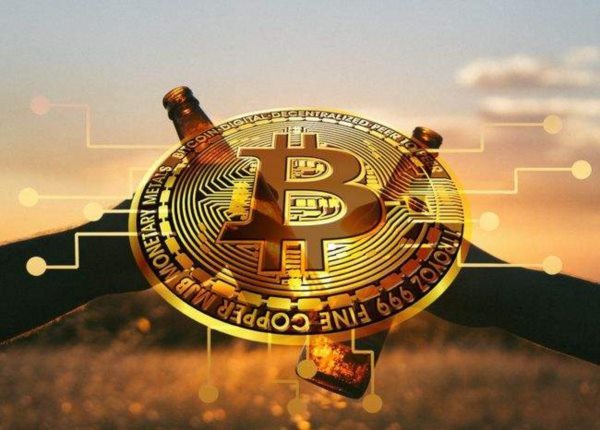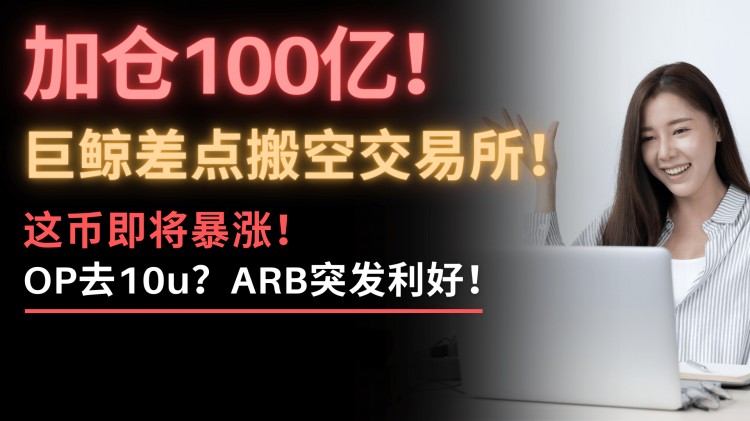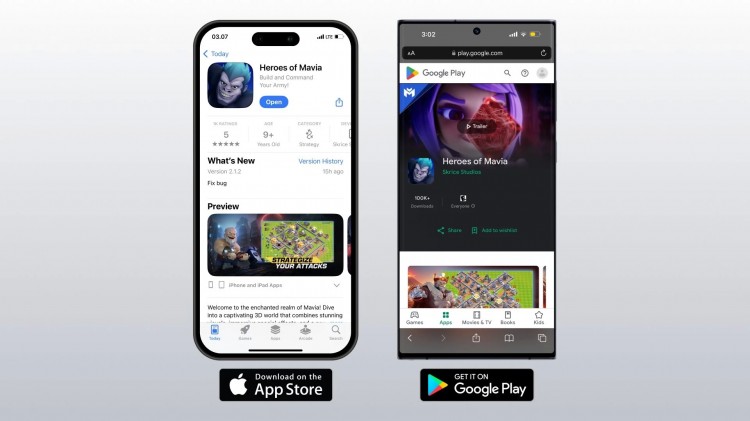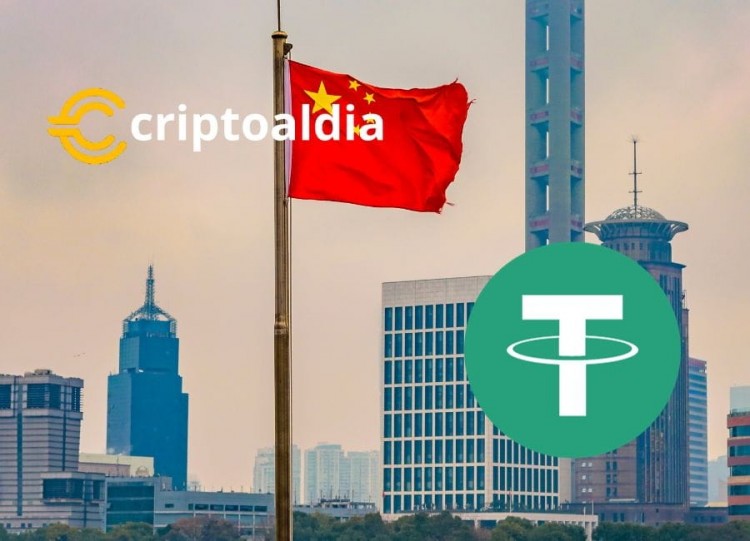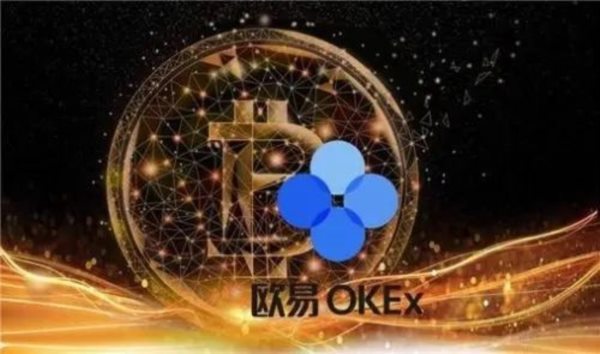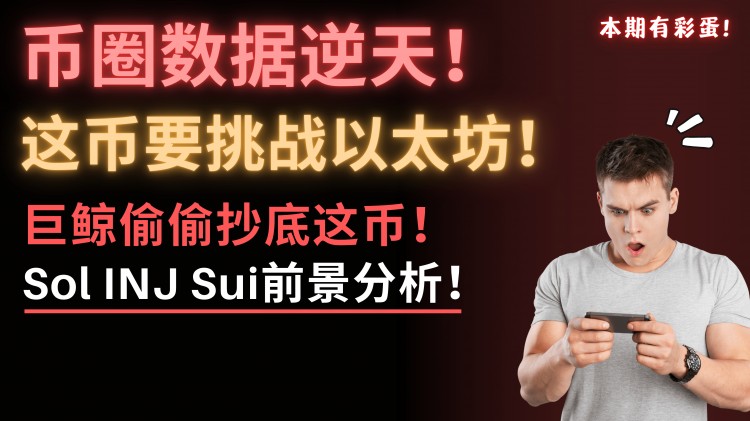时间:2024-04-11|浏览:362
What do you think of @Backpack wallet? Exchange? NFT community that has been the focus of discussion recently? You see, many people will be confused about how to position BP when they first meet it. In my opinion, it is a "super application" that integrates NFT+wallet+compliant exchange. It can even be understood as a "closed-loop ecosystem" of DApp applet + wallet exchange under the xNFT protocol to cultivate users in one stop. Why? Next, let me briefly talk about my understanding.-What exactly is Backpack planning?If you don't look at the whole picture, it's easy to be drawn into the fragmented cognition of Backpack. Some people love Madlads' NFT community culture, some like Backpack's smooth interactive experience, and some are optimistic about its exchange and wallet application chain + off-chain integrated transaction paradigm. How to say it? These are the more typical characteristics of BP. Compared with the current blockchain ecosystem that is completely separated and connected by the liquidity market of composable banks, what BP does always gives people a feeling of Apple's closed-loop ecosystem.In fact, in a completely open source blockchain protocol combination market, doing closed-loop things will always seem a bit unique, but in the long run, are there any losers in the competition and battle between Android and IOS? A closed-loop ecosystem based on community attributes will have a long process of popularization with different product lines breaking through one by one. Behind the closed product line is a strong community cohesion + leading product experience + strong resource consolidation capability empowerment, which will form a synergy at a certain point in time and become a competitive barrier that others cannot surpass. Apple in the front and Xiaomi in the back are both making such business layouts.2) Backpack’s entire product line has a clear Solana ecosystem imprint at this stage, which means that its development will also be heavily tied to the Solana ecosystem. To some extent, Backpack has built a Native wallet + exchange for the Solana ecosystem, as well as a set of xNFT mini-program DApp application markets.In the short term, Backpack has obvious competitive advantages and disadvantages compared to other products and protocols in the full blockchain environment. For example, compared with general CEX, Backpack cannot cover the entire blockchain ecosystem in a timely manner to grab the first-mover advantage of listing various coins and attract a wide user group. However, there is no doubt that some projects with obvious Solana genes can be fermented and grown on Backpack, and some early users who heavily participate in the Solana ecosystem will also get greater expected market returns.-What challenges and problems does Backpack face?Because of this, Backpack is bound to encounter certain resistance in the process of market expansion, and the airdrop distribution event is a typical example. Objectively speaking, due to compliance factors, Backpack selects high-quality projects to issue Airdrops to users who contribute to trading volume. This is a long-term incentive and gain behavior. Looking at the long-term, users who are BPs will definitely have better returns. For users, it is equivalent to earning a stable "high annualized rate" on a certain exchange. However, as mentioned above, user benefits are the secondary distribution of the platform's resource consolidation benefits. The single user participation intensity, capital investment, and the key is that the project party expects to release chips all need to be coordinated by the platform. It is okay to extend the cycle for comprehensive benefits, but it is difficult to only focus on a single case of brushing volume + airdrop returns. In fact, if it is not handled well, it will definitely be backlashed by public opinion.-Why is this happening?Essentially, Backpack is a platform that gathers and integrates resources, attracts high-quality project parties to distribute airdrops, and then attracts high-quality users to drive growth. This will be a long-term dynamic and constant tradeoff process. The platform cannot guarantee that every operation activity will ensure that 100% of users will obtain absolute returns. After all, it is the project party that distributes the chips, the total amount of airdrops is constant, and the number of users and funds participating in the airdrop activities is uncontrollable. When there are too many people, there will be less porridge. This is a very simple truth.In essence, this is an incentive process for chip allocation. The platform aims to attract new users, increase activity, and achieve a "reward mechanism" for user participation and retention. How to avoid being reversed is actually a technical job. Instead of taking the risk of loss with the mentality of short-term excess arbitrage returns, it is better to extend the cycle and calculate the rate of return from a longer time dimension. On the one hand, the Airdrop benefits obtained by the platform at a premium have top resource advantages (Pyth, W, etc.). On the other hand, after all, Backpack's own platform growth expectations (issuing coins) are also a "make-up" benefit that will be implemented at some point in the future.-How to define the industry value of Backpack?I tend to think of Backpack as a "super application" derived from the @solana high-performance layer1 public chain.In the Bitcoin and Ethereum ecosystems, everyone is happily telling the story of layer2 infra, but the story of applications has been delayed until at least the next bull-bear transition cycle due to the fact that the implementation has not been as expected. In contrast, the difference in the Solana ecosystem is quite large. Focusing on high-performance public chains, playing MeMe to attract incremental off-site users, and planning the super narrative of DePIN to lay the foundation for the implementation of future applications, a large number of DeFi, Games, NFT, Payment and other diverse gameplays have also been derived in the process. There is a feeling that the Solana ecosystem has been developing with the genes of web2+web3 from the beginning to the end, so the development of "applications" is an issue that cannot be avoided, and it will also become the main theme of the current bull market in the Solana ecosystem.At this stage, almost every blockchain system faces the objective factor that the B-side story has more room for imagination than the C-side application. So when everyone is playing with layer2 and other infra, the Solana ecosystem has grown a super application paradigm of NFT+wallet+compliant exchange. NFT is used for community culture and stickiness, wallets are used as user participation entrances and DApp application distribution centers, and compliant exchanges are used to create compliant channels for deposits and the real world.At a time when the entire blockchain ecosystem is criticized for being too hype about finance, Backpack's super application paradigm is more like importing a mature web2 product line growth model into the web3 environment. It will have a certain leading significance for the maturity of the industry by accelerating the implementation of the application ecosystem and popularizing the mature web2 product philosophy.that's allBased on the above observations, it is not difficult to understand some of the problems BackPack is currently facing:1) The overly strong community attributes are both an advantage and a disadvantage of large-scale expansion of the population. A large number of people who did not participate in the community in the early stage, including me, will be passively brought into the community;2) Paying too much attention to compliance attributes is the foundation for its future growth and strength, but this also limits the diversification of early products and models, and requires sustained long-term growth drive;3) "Super application" is always a good story, but when will the entire Crypto be able to put aside infra and focus more on the application story? This is not just a challenge facing the Solana ecosystem. Builders in the entire Crypto chain environment are working hard for this.I used to say that Solana, as a high-performance layer 1, is leading the advancement of Crypto infra architecture in the form of an "advanced" public chain. It seems that I need to add a footnote to this judgment now. The DApp applet and Backpack software integrated closed-loop system under the xNFT protocol are also "advanced" in leading the integration of web2 and web3 applications.Note: I believe that many people pay attention to Backpack because of its growth expectations for "FTX 2.0". They all want to know how a project with FTX genes and equivalent background, which can learn lessons and "start again", will develop to what heights? Let's wait and see.
